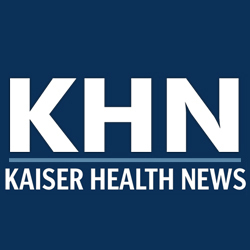Kaiser Health News
Researchers in California regularly use a database to search for trends, confirm potential cancer clusters and identify disparities in screening and outcomes.
As a congressman, Pence was an early advocate for defunding Planned Parenthood.
Health systems in Arizona, Colorado, Nevada and Texas are establishing small facilities with robust outpatient services to target specific regions.
More and more organizations are harnessing kiosks as a venue for less expensive and more accessible care but it remains unclear whether they can achieve similar results with existing personal devices.
National Academies of Sciences, Engineering and Medicine calls for national trauma system that emul…
The organization praised the U.S. Army’s 75th Ranger Regiment for its successes in treating combat casualties under difficult conditions while virtually eliminating preventable deaths.
Struggling with long wait times, the Veterans Affairs Health Care System is trying something new: a partnership with the CVS Pharmacy chain to offer urgent care services to more than 65,000 veterans.
An experimental program called Independence at Home saved an average of $13,600 per patient during its first year.
Long-term care, out-of-pocket spending, and even dental care are among the challenges that America faces in the next few years but Bernie Sanders, Donald Trump and Hillary Clinton are not saying nearly enough about their intentions in those areas.
Veterans are still waiting to see a doctor.
By Anna Gorman, Kaiser Health News
Lacee Badgley, the mother of a seven-year-old, works full time as an insurance adjuster.
